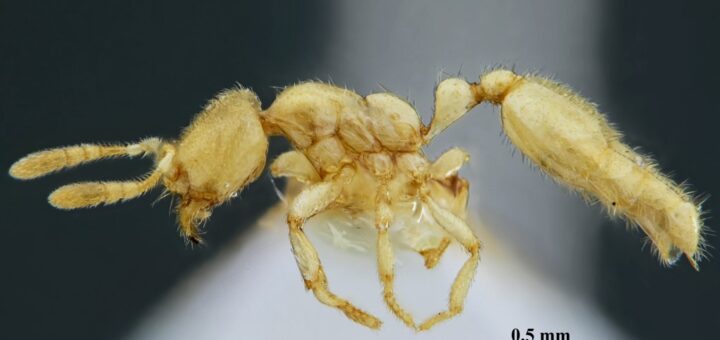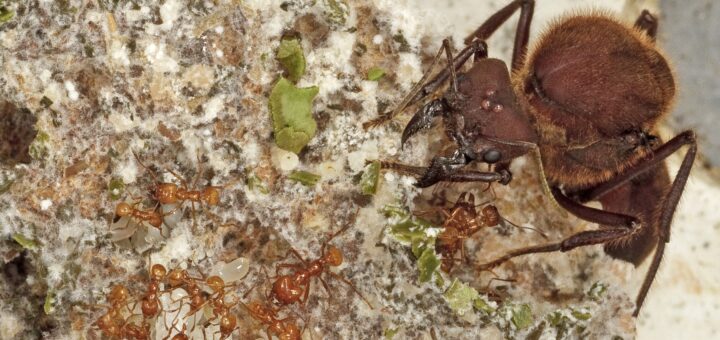Author: Myrmecological News Blog
A Photoblog contribution by Phil Hoenle. All pictures © by Phil Hoenle. Edit by Florian Steiner and Salvatore Brunetti In this photoblog contribution, Phil Hoenle shares...
The start of a new year seems a good time to put a spotlight on the Subject Editors of Myrmecol. News, who have worked for...
Mining often leaves behind landscapes we imagine as barren and lifeless. Yet, as PhD student Marie Hovorková discovered, these post-mining “spoil heaps” can host vibrant...
A Review by Alice Laciny Edited by Florian Steiner and Salvatore Brunetti In their recently published paper, Chung et al. present a novel genus of...
Review by Erik T. Frank Edited by Rohini Singh and Salvatore Brunetti In a recent comprehensive review, “Acid Reign: Formicine Ants and their Venoms,” Lukas Koch,...
As part of his doctoral project in Berlin, Lukas Koch worked on a comprehensive literature review of what is known about Formicine ants’ venoms, arguably...
In 2025, Myrmecological News awards for the 7th time the Best Paper of the previous year. One paper of all contributions published in 2024 is...
Dear Readers, The year 2024 was very intense and productive for our blog. We published 31 posts with authors from many countries and many female...
I am Olena, a second-year PhD student in the Department of Biology at New York University. My fascination with insects, particularly ants, began during my...
How did fungus-farming ants and their fungal cultivators coevolve? In a recent study, “The coevolution of fungus-ant agriculture,” published in Science, Schultz et al. answer...











Recent Comments